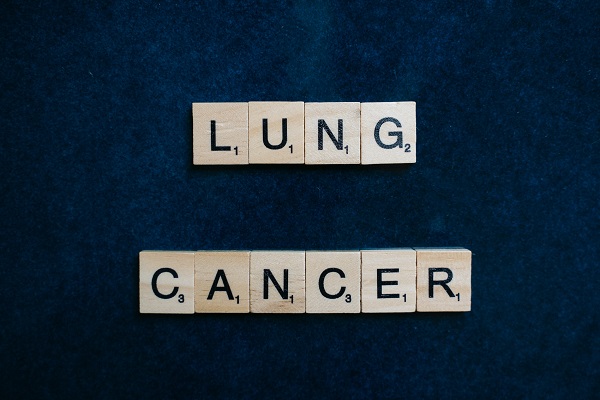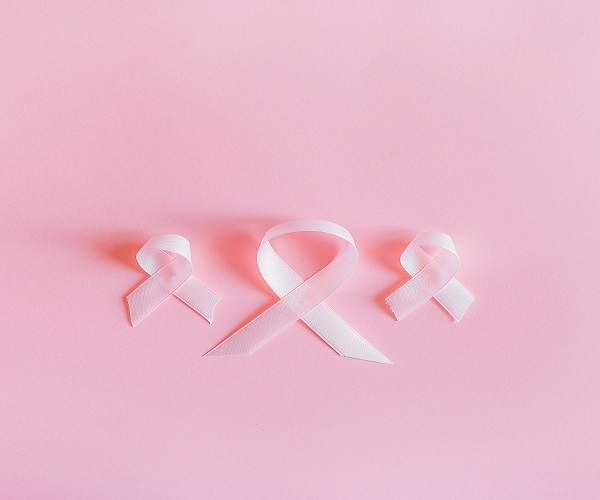- Breast cancer is one of the most common cancers diagnosed in women. While breast cancer can develop in women and men, women are far more vulnerable to the disease than men.
- Cancers occur when your body’s cells grow unchecked. These rapidly growing cells form tumors that can be felt as a lump or seen after imaging studies.
- It is essential to know that in most cases, breast tumors are benign, and their growth is limited to the breast tissue. Only cancerous tumors can spread, needing prompt treatment to curb their growth and prevent complications.
- This article talks about breast cancer in women, its causes, presentation, and treatment options.
Causes
The exact cause of breast cancer is still unknown. But several factors may put you at risk of developing breast cancer. Research has identified lifestyle, genetic, hormonal, and environmental factors to increase the risk of breast cancer. Experts also believe that the cause of breast cancer is a complex interlinkage of the factors mentioned below.
Risk Factors
- In contrast to the usual belief, the majority of breast cancer cases are not inherited. Factors that may increase the risk of developing breast cancer factors include:
- Age (above 45 years)
- Drinking alcohol
- Obesity
- Dense breast tissue
- Radiation exposure
- Smoking / Tobacco usage
- Hormonal therapy (postmenopausal)
- Conceiving a child after 30 years of age
- Never being pregnant
- Family history of breast cancer
- Consumption of birth pills
- Atypical hyperplasia of the breast
- Early and late onset of menstruation
- Genetics
However, having a single or several risk factors does not necessarily mean that you are likely to develop breast cancer. Besides, breast cancer may even occur when there are no known risk factors.
Types
Breast cancer may develop at various sites in the breast, such as the lobules that produce milk, ducts that transmit milk to the nipple, or the tissue in between. The following are the most common types of breast cancer:
- Lobular carcinoma in situ (cancer of cells lining the lobules)
- Ductal carcinoma in situ (cancer of cells lining the duct)
- Infiltrating ductal carcinoma (cancer that starts in the duct and invades the tissue outside the duct)
- Infiltrating lobular carcinoma (cancer that starts in the lobules and invades the cells outside lobules)
- Inflammatory breast cancer
- Recurrent breast cancer
Breast cancer may also be classified as invasive, non-invasive, or metastatic breast cancer.
- Invasive breast cancer is when cancer cells spread beyond the ducts or lobules.
- Non-invasive breast cancer is when cancer cells are confined to the ducts or lobules.
- Metastatic breast cancer is when cancer spreads to other parts of the body.
Clinical Presentation
Most of the time, women present with no signs and symptoms of breast cancer. When present, signs and symptoms may include:
- Thickening in or around the breast or a lump (the lump is usually as small as a pea)
- Change in size, appearance, or shape of a breast
- A newly inverted nipple or soreness in the nipple
- Nipple discharge that occurs suddenly is bloody or occurs in one breast
- Skin changes like dimpling, puckering, scaliness, or new creases
- Skin irritation
- Swollen breast (warm and red), with or without rash
- Pain in the breast, which does not disappear
If you experience any changes mentioned above or other changes that concern you, please consult your doctor immediately. These signs and symptoms may resemble an infection, but it is vital to get it promptly checked by the doctor to avoid its spread or complications.
Self-Inspection/Early Detection Techniques
If you are forty or above, it is highly recommended to examine your breast regularly. You may get an annual physical breast examination done by a doctor or a mammogram.
A mammogram is the most widely used screening test for the identification of breast cancer. It provides a picture of the inside of the breast and helps identify tumours too small to feel. Any cancer, if diagnosed early, improves the chances of survival.
Treatment Options - In brief
After being diagnosed with breast cancer, your treating physician will discuss the treatment options with you to destroy cancer or curb the spread or progression of the disease and even reduce the chance of its recurrence.
The type of treatment depends on factors such as the tumor’s location, size, stage of the disease. Moreover, your general health and age will also be important criteria while selecting the treatment.
The following are the standard types of treatment options available for breast cancer:
● Chemotherapy: This therapy uses medications to kill cancer cells. They either kill the cancer cells or prevent their growth, division, and multiplication. Chemotherapy can even be given before surgery to reduce the size of the tumours and make the surgery easy. The treatment involves administering drugs (in combination) for a specific number of cycles set over a period of time (usually two or three, or four weeks).
● Surgery: Surgical procedures involve the removal of the breast tumor cells and surrounding healthy tissues during an operation. Patients who are diagnosed early and have small tumours are the ideal candidate for this form of treatment.
● Immunotherapy: Immunotherapy is a type of biological therapy. It involves activating the patient’s immune system to fight cancer.
● Radiation therapy: This treatment approach involves the use of high-energy x-rays or other particles to kill cancer cells. The therapy consists of a specific number of treatments that are given over a specific time.
● Hormone therapy: Hormone therapy is an effective treatment option for altering or blocking the action of the hormones that promote growth and multiplication of the cancer cells. Hormonal therapy is often used along with chemotherapy. It may also be given before surgery to reduce the size of the tumor or after the surgery to reduce the risk of recurrence.
● Targeted therapy: It involves using drugs that target the cancer-specific molecules that are responsible for its growth and survival.
Prognosis
The incidence of breast cancer is growing each year. The prognosis for the disease varies from person to person, and there are several factors such as age, grade, size, and type of cancer that affect it.
The median age for women diagnosed with breast cancer is 62 years.
The National Cancer Institute reports that 90% of the women with breast cancer survive for at least 5 years after diagnosis. The American Cancer Society reports that 84% of women survive for 10 years after diagnosis. At the same time, 80% of the women survive for at least 15 years after being diagnosed with breast cancer.
Other Information
If you notice having symptoms that concern you, it is a good idea to have your doctor do a breast exam.
When you first find out about being diagnosed with breast cancer, you may feel overwhelmed. You may have many questions about the new issues you may face, how to adjust to the changes and questions about treatment. It is essential that you describe and discuss all your concerns with your treating doctor.
You may also join breast cancer support groups. It helps to be with people who are undergoing a similar journey and share experiences with them. Research suggests that joining a support group improves the quality of life and survival.
References and further reading:
- https://www.mayoclinic.org/diseases-conditions/breast-cancer/symptoms-causes/syc-20352470
- https://www.cancer.gov/types/breast
- https://my.clevelandclinic.org/health/diseases/3986-breast-cancer
- https://www.cancer.net/cancer-types/breast-cancer
- https://www.breastcancer.org/
- https://www.who.int/news-room/fact-sheets/detail/breast-cancer
- https://www.healthline.com/health/breast-cancer/survival-facts-statistics#by-time
- https://www.cancer.net/cancer-types/breast-cancer


